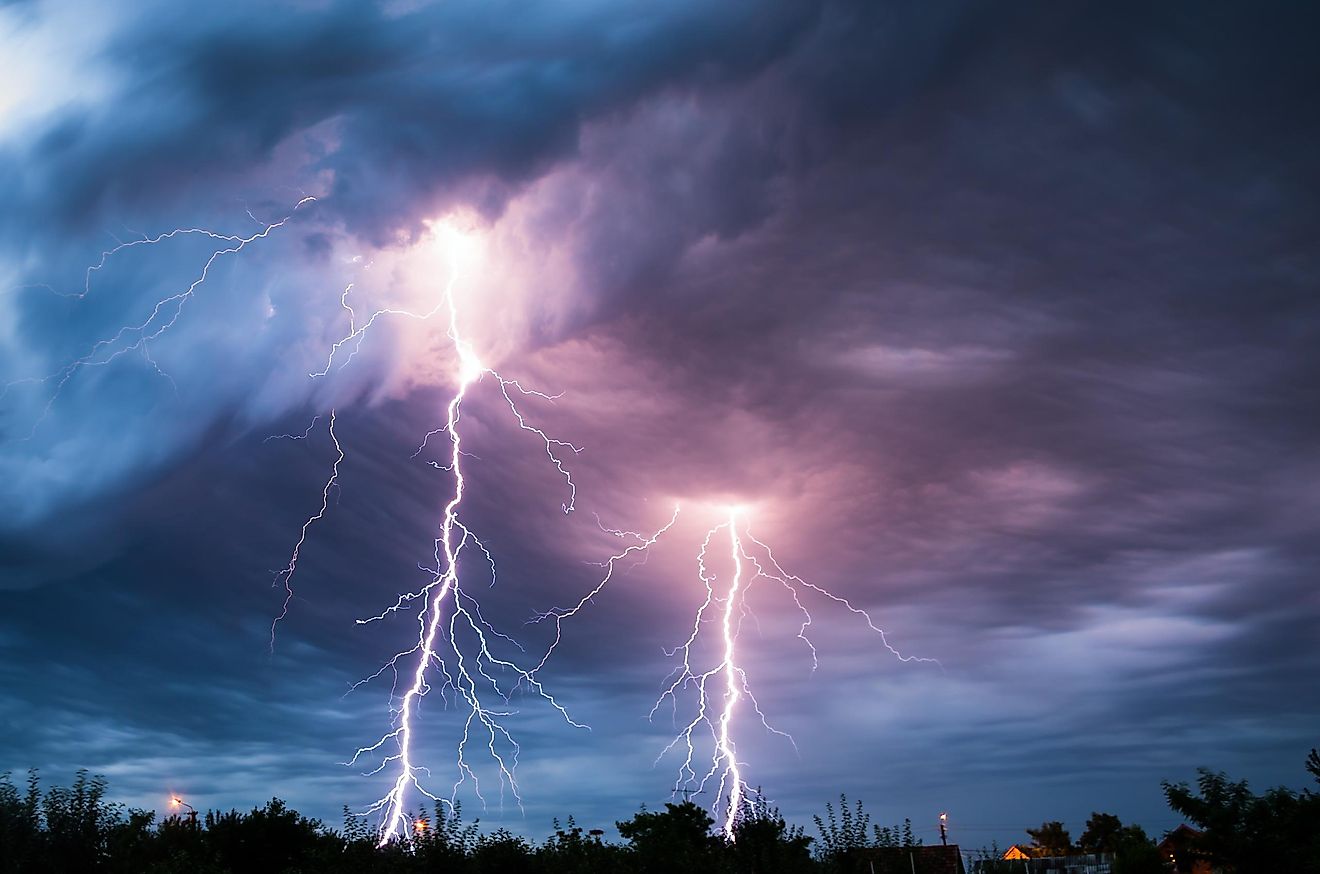What Makes New York The World's Media Capital?

- By the end of the Civil War, newspapers like The New York Times had solidified themselves as the primary source of information nationwide.
- After NBC’s 1939 broadcast of the World’s Fair in Queens, New York became the backdrop for many TV milestones, including Sesame Street and The Tonight Show.
- In 2014, New York City spent approximately $19.7 billion on the entertainment and media sector, the most of any city in the world.
It is difficult to visit New York and not get mesmerized by the razzle-dazzle of lights, flashing images, and bustling momentum. Known colloquially as the city that never sleeps, it should come as no surprise to learn that it is considered the media capital of the world. In fact, no other city is home to as many multibillion-dollar media companies than the Big Apple. But how did this come to be? Surely other places are worthy of this title?
The following article explores the history of New York City and its current status as a media empire.
The Birth Of A Media Empire

New York first found its footing as a central hub for media in the development of the newspaper industry. During the early 1830s, the New York Sun was created. Specializing in everyday human stories rather than commerce and politics, it catered to the lower and middle classes who now had access to the news for the price of a penny. By 1834, 5,000 copies of the Sun were circulating a day, a number that tripled the following year, making it the world’s third most popular newspaper.
A couple decades later, the three major daily newspapers—Times, Tribune, and Herald—not only supplied New Yorkers with the news, but the rest of the country as well. None of the other 3,343 daily and weekly papers in the United States could compete. In fact, various cities often used these three as models for their own local papers. Their power grew to such an extent that they began to shape public opinion and influence politics.
The Civil War only strengthened this dominance. Reporters were frequently sent to accompany troops, allowing civilians and politicians back home to follow the goings-on of war. By the time the conflict was over, New York newspapers had solidified themselves as the primary source of information nationwide.
Changing Technology

The emergence of radio changed everything. It became a staple item for every American household. In 1924, WNYC began broadcasting after New York finally received its first working transmitter. Three years later, the Federal Radio Commission—the agency responsible for regulating radio communication—permitted the creation of more stations. While other cities fought to remain relevant in this new technological era, the Big Apple positioned itself at the head of its development.
The rise of television soon followed. By 1939, broadcasting companies like NBC and CBS had set up experimental stations in New York to broadcast content to the lucky few who could afford televisions. For example, NBC’s first broadcast was the opening ceremony of the World’s Fair in Queens, which featured the first onscreen appearance of any American president. From that moment on, New York became the backdrop for many TV milestones, including Sesame Street, The Tonight Show, and Saturday Night Live.
The Media Capital Of The World

New York’s influence as a media powerhouse has not wavered in recent years. In addition to smaller well-known channels such as MTV and HBO, the headquarters of all four major American broadcast networks are there: NBC, CBS, ABC, and Fox.
The New York Times and the Wall Street Journal, two of the most popular national daily newspapers in the US, are based in New York, as well as some popular tabloids. Furthermore, the city produces some of the most influential magazines in the world, including The New Yorker, Rolling Stone, Time, and Vogue. The American book publishing industry is also largely rooted in New York, with companies such as Penguin, HarperCollins, Random House, and Scholastic releasing content internationally.
The city is also a hotspot for the American film industry, second only to Los Angeles, and is home to two of the three major labels in music with Sony Music Entertainment and Warner Music Group.
Crunching The Numbers

According to a report by PricewaterhouseCoopers, New York spends a yearly average of $19.7 billion on the entertainment and media sector, the most of any city in the world. Up until then, that spot had been held by Tokyo, who now spends approximately $19.5 billion. London comes in third at $16.3.
Los Angeles and Chicago also appear on the list. As a result, the United States is the only country with more than one city in the top ten. This is indicative of how much money the US spends on entertainment and media in general. In 2018, it spent roughly $724 billion. This trend is only expected to continue.
Other top ten media spenders include Seoul, Hong Kong, Sydney, Singapore, and Berlin.











